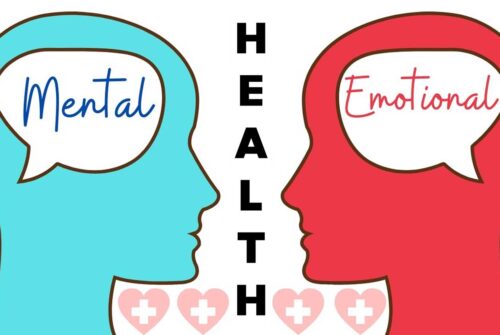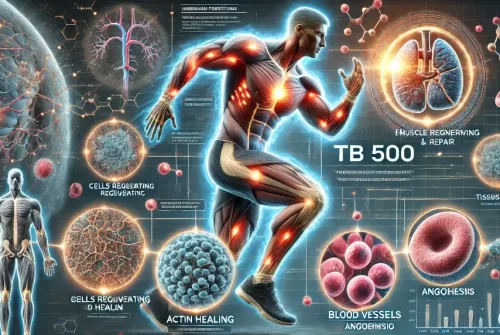Back pain can range from mild discomfort to severe pain, significantly impacting an individual’s quality of life. Fortunately, there are several treatment options available that can help alleviate back pain. The options offered by Samwell Institute for Pain Management will depend on the cause and severity of your back pain.
If you are experiencing back pain, your doctor will first need to evaluate your symptoms and medical history to determine the underlying cause of your pain. They may also perform a physical examination and diagnostic tests, such as X-rays or MRI scans, to help diagnose the condition causing your back pain. Based on this evaluation, your doctor can recommend an appropriate treatment plan.
Before you know the recommended treatment options, knowing the causes of back pain is wise. Here are some common causes of back pain:
- Muscle or ligament strain: Overuse, improper lifting, or sudden movements can cause strain on the muscles and ligaments in the back, leading to pain.
- Herniated or bulging discs: The discs in the spine can become damaged, leading to a herniation or bulge that can press on nerves and cause pain.
- Arthritis: Osteoarthritis and other forms of arthritis can cause inflammation and pain in the spine’s joints.
- Spinal stenosis: This condition involves narrowing the spinal canal, which can pressure the spinal cord and nerves.
- Osteoporosis: This condition causes the bones to become weak and brittle, making them more susceptible to fractures, including in the spine.
- Scoliosis is a condition where the spine curves abnormally, leading to pain and discomfort.
- Infections or tumors: Rarely, infections or tumors in the spine can cause back pain.
- Lifestyle changes: Healthy lifestyle changes, such as losing weight, quitting smoking, and adopting good posture habits, can also help alleviate back pain and reduce the risk of future injuries.
Here are some of the most common treatment options for back pain:
- Physical therapy involves working with a physical therapist who will develop an individualized exercise program to help improve flexibility, strength, and range of motion in the back muscles. This can also include massage, spinal manipulation, and other techniques to alleviate pain and improve function.
- Medications: Several medications can be used to alleviate back pain, including over-the-counter pain relievers such as acetaminophen or ibuprofen, prescription pain relievers, muscle relaxants, and topical treatments such as creams and patches.
- Injections: Corticosteroid injections can be administered directly to the affected spine to reduce inflammation and pain. This is often recommended for more severe cases of back pain.
- Surgery: In rare cases, surgery may be recommended for severe back pain that doesn’t respond to other treatments. Surgery may involve removing damaged tissue, fusing vertebrae, or decompressing nerves causing pain.
- Alternative therapies: Some people may find relief from back pain through alternative therapies, such as acupuncture, chiropractic care, or massage therapy. These therapies can help improve circulation, reduce inflammation, and promote relaxation.
Working with your doctor to develop an individualized treatment plan that addresses your specific needs and goals is recommended. Your doctor can help you determine which treatment options are most appropriate for your condition and can help monitor your progress to ensure you are getting the most benefit from your treatment.






